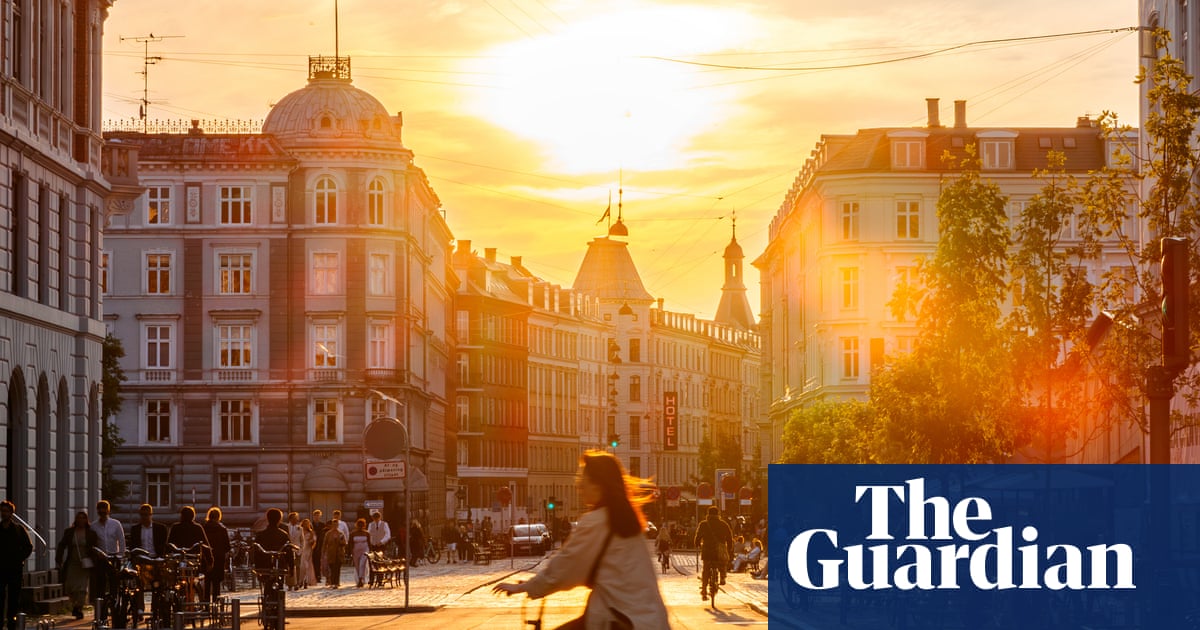
"Hitting a green wave? It's the best feeling, especially when you're in a hurry, says actor Samuel Traum, unlocking his bike by a Copenhagen intersection thronged by two-wheeled commuters. The opposite, a red wave, is the worst. For those of us who do not live in cycle-friendly Copenhagen, the green wave that Traum describes is a system started by the city authorities 16 years ago:"
"Like many cities in Europe, Copenhagen became a city of cars after the second world war. In the 1970s, however, it began to fight back against the traffic with huge bike protests that pushed the municipality to build a vast network of cycle lanes. If every city had as many, a study found in June, the total carbon dioxide emissions from private vehicles would fall by 6%."
Green waves synchronise traffic lights for cyclists travelling at about 20 km/h, allowing continuous green signals along key roads. A system initiated by Copenhagen 16 years ago is set to expand to 15 more routes after new cycling provisions were approved in the municipal budget. Copenhagen shifted from car-centric postwar planning to building extensive cycle lanes following 1970s protests. Cycle superhighways extend reach to the outskirts, but red lights on city streets slow commuters. A June study estimated that if every city matched Copenhagen's cycling infrastructure, private-vehicle CO2 emissions would fall by 6%. Planners view green waves as a tool to encourage modal shift from cars to bikes.
Read at www.theguardian.com
Unable to calculate read time
Collection
[
|
...
]